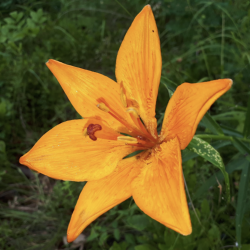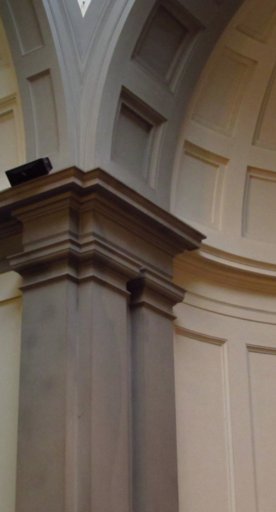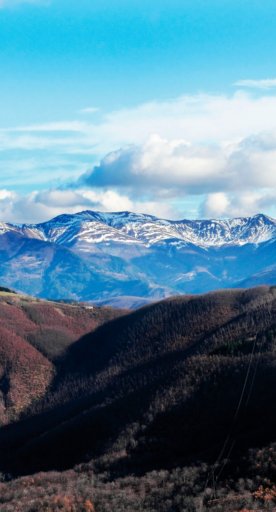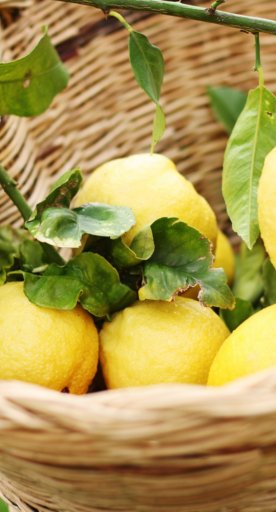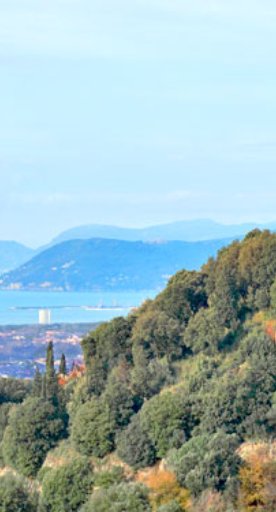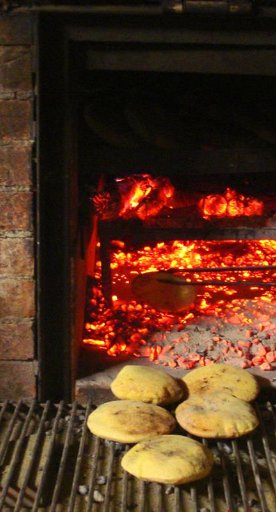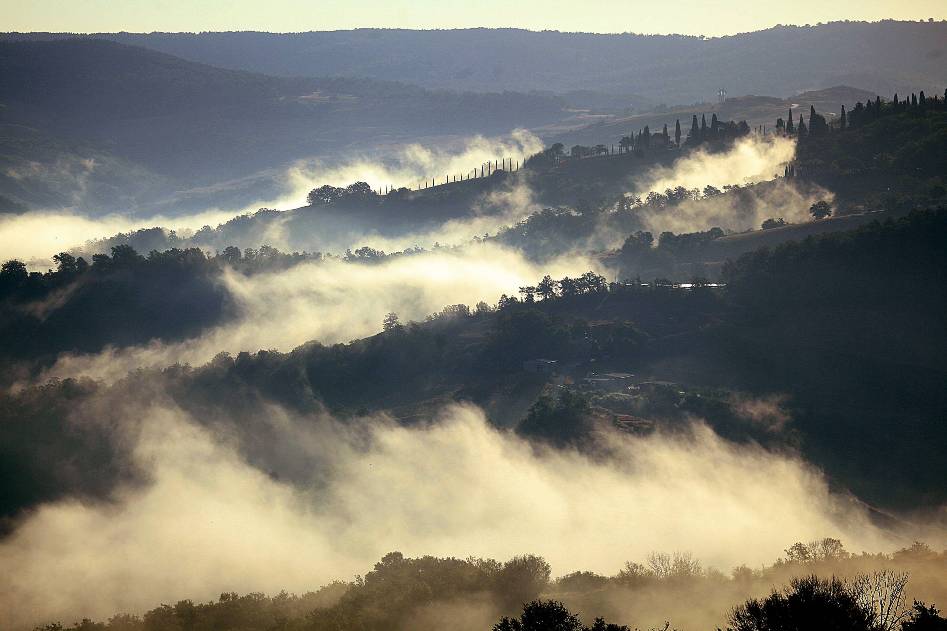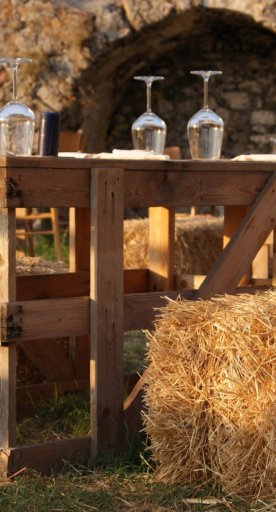

Apuan Riviera: top villages near the coast
In a enviable panoramic position a few kilometers from the famous sandy beaches of the coast, a quick trip through the most characteristic Apuan villages.
The Apuan Riviera enjoys a privileged position, strategically connected to many places of interest. Its historic hamlets are true gems that are full of art, history, culture, and traditional food and wine. Here are some tips on what to visit a short distance from the coast, taking in charming views, landscapes and cultural beauties.
-
1.Colonnata: the village of marble and lard
-
2.Antona: ancient Apuan memories and breathtaking views
-
3.Montignoso: from the sea to the mountains
Colonnata: the village of marble and lard
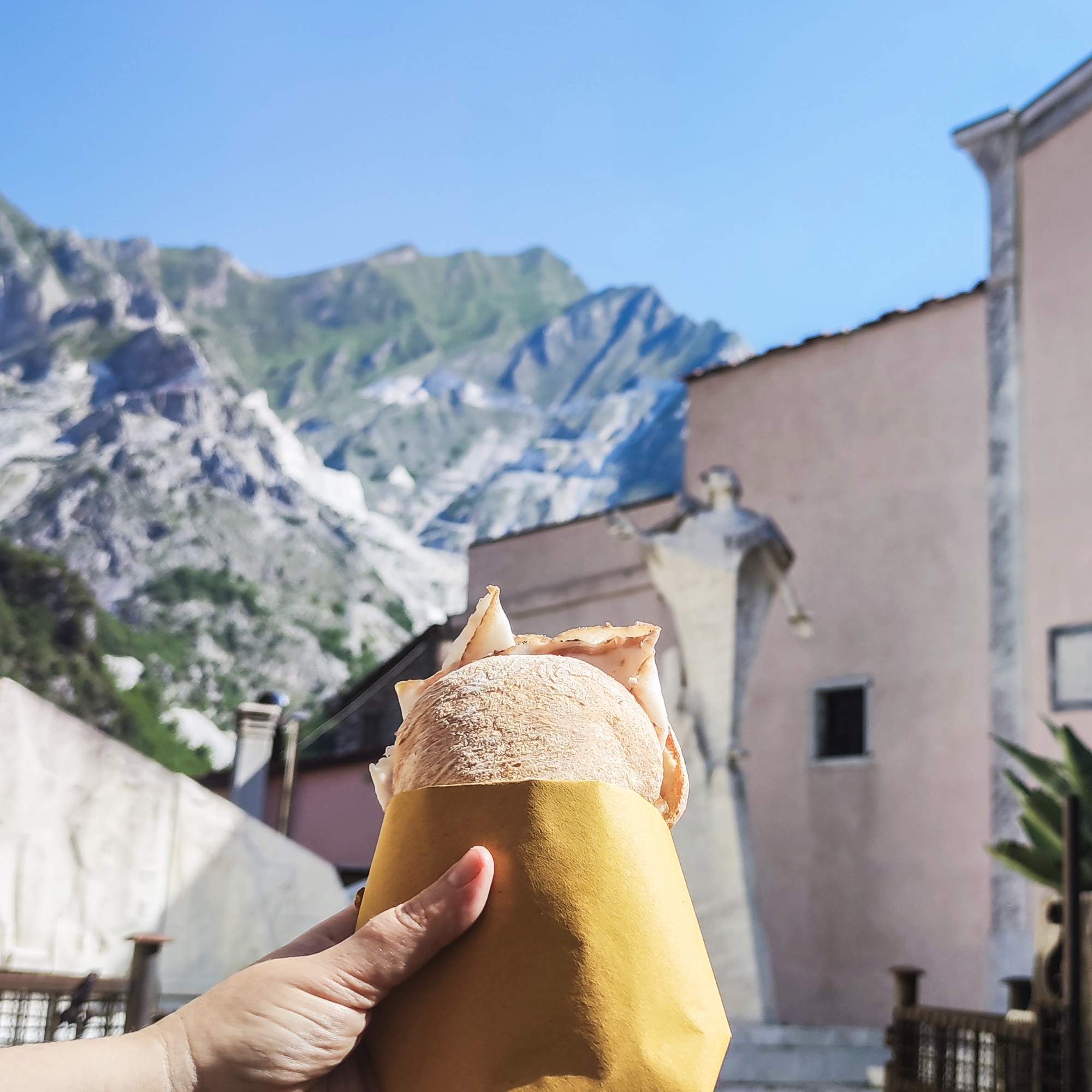
Colonnata is located within the Regional Natural Park of the Apuan Alps, set in the area of the Carrara marble quarries, not far from Cava di Gioia where Kobra created the mural painting dedicated to Michelangelo's David. The village is an example of marble tradition and the homeland of lard, a typical cured meat made and preserved in marble basins. Walking through the hamlet, there are many stores where you can taste these cold cuts produced from pork lard and flavored with pepper, nutmeg, salt, rosemary and other herbs and spices. Take a look around and enjoy the traditional stone houses and outdoor restaurants, as well as the square in front of the church with the monument to the quarryman standing out against the background landscape of the quarries.
Antona: ancient Apuan memories and breathtaking views

At the foot of Apuan Alps, near the renowned Pian della Fioba "Pellegrino Ansaldi" Botanical Garden and the Città di Massa shelter, Antona can be reached in about twenty minutes by car from the sea. The small village is a silent labyrinth of alleys, with houses adorned with friezes and marble bas-reliefs. Among the historical buildings, we will come across the house of the Cybo Malaspina family, used as a summer residence, still retaining the ducal coat of arms. We will also find the church of San Geminiano with its large altarpiece made by Benedetto Buglioni, Piazza San Rocco and the shrine to the fallen. and finally Casa Piccianti, a centuries-old clerical house that's now a museum: open to visitors by appointment. Don’t miss the chance to taste honey and goats cheese from the local farm, and the typical necci, to which the village festival is dedicated, a sort of pancake prepared with chestnut flour and stuffed with ricotta cheese.
Montignoso: from the sea to the mountains

Montignoso is the largest district after Massa and Carrara, and its numerous hamlets extend from the seaside to the mountain areas. Located a few kilometers from the beach, it's possible to reach the panoramic viewpoint of Aghinolfi Castle, an interesting medieval fortress of Lombard origin, and the characteristic village of Piazza with its beautiful Villa Schiff Giorgini, the seat of the municipality that0s located in a wonderful garden full of trees, flowers and sculptures. Continuing on, we visit the villages of Sant'Eustachio, Serra and Cerreto where we can enjoy a stunning view of the sea and taste the famous pork sausage prepared by local butchers, as well as the typical bread called marocco, a spicy "yellow" bread made with corn flour and flavored with olives and other aromatic herbs. Don't forget to take a walk in the protected natural area of Lago di Porta, which owes its name to Porta Beltrame, a historic customs point along the Via Francigena.





